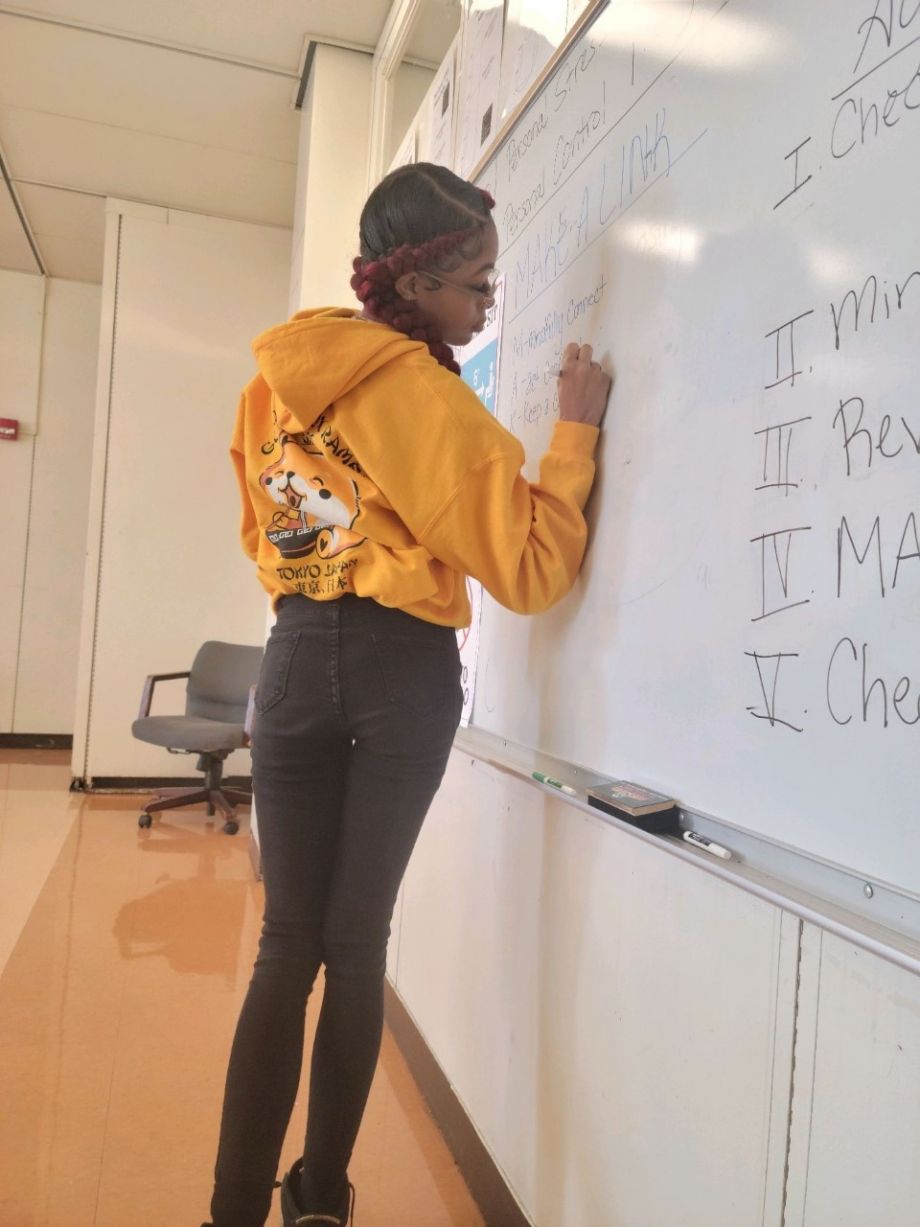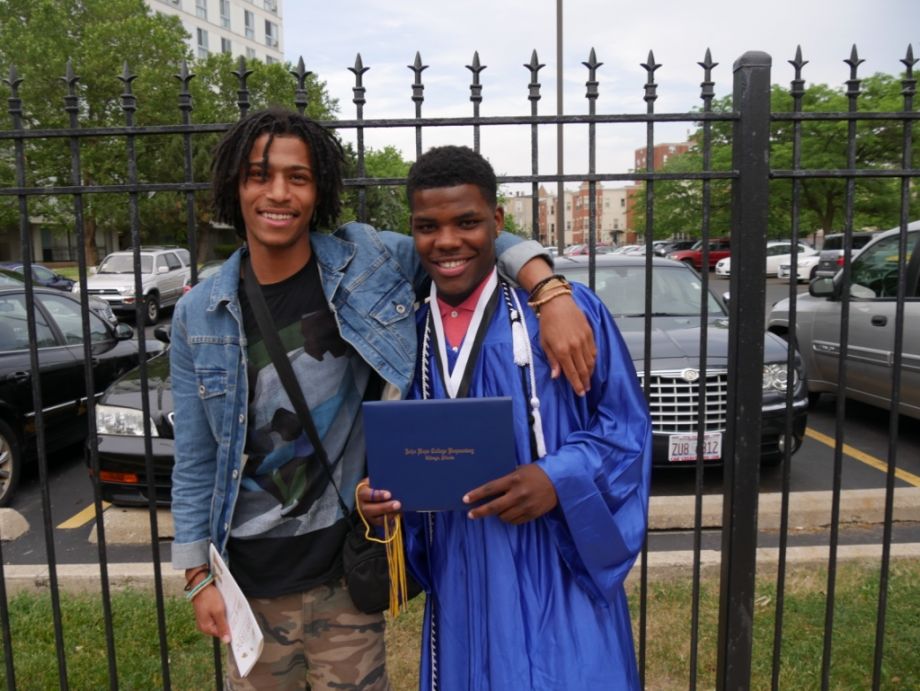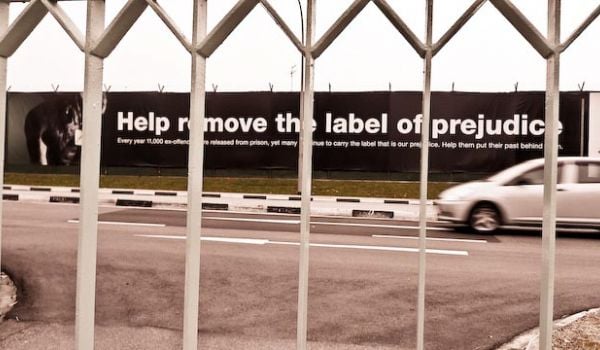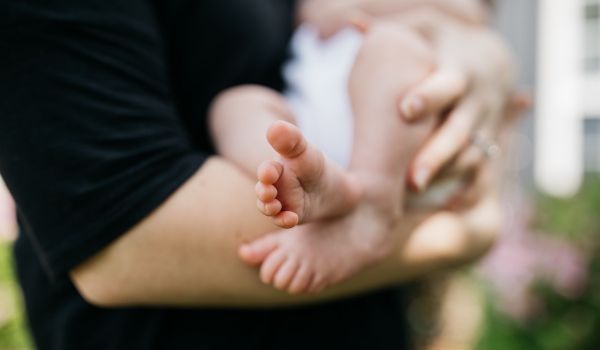Last fall, Chicago Public Schools (CPS) announced it would spend $7.5 million to expand a trauma-informed program for teens that connects them with weekly therapy and dedicated mentors.
The program — called Choose to Change — is recruiting 1,000 students and new community-based partners to meaningfully integrate its model with the public school system. CPS is rethinking school safety and partnering with community organizations to build out alternative safety options in response to student-led demand for police-free schools.
“We have to make sure we’re looking at safety holistically, which is not just looking at physical safety but looking at emotional and relational safety,” says Jadine Chou, Chicago Public School’s chief safety and security officer. “All of these things have to be in place for a student to feel safe.”
Choose to Change is delivered by two nonprofits, Children’s Home & Aid and Youth Advocate Programs Inc., which developed a six-month program for teenagers who are disconnecting from school, gang affiliated, or victims of traumatic events, or who have previous contact with the juvenile justice system. Youth Advocate Programs provides wraparound services through an advocate and Children’s Home & Aid provides weekly behavioral health sessions.
Since its 2015 launch in Englewood, Choose to Change has expanded to additional Chicago neighborhoods to provide 800 students with advocate services and counseling. Data has shown the program helps reduce violent-crime arrests of participants by almost 50 percent and increases their attendance in school by about a week. (The study compared youth in the program to youth who did not participate but also experienced issues like disconnection from school.)
As Choose to Change was growing, Chicago Public Schools was increasingly looking to community partners to help rethink school safety. Last year the school district brought on The Ark of the St. Sabina, BUILD, COFI Power PAC, Mikva Challenge and VOYCE to develop trauma-informed “Whole School Safety Programs” as alternatives to the School Resource Officer Program, which assigns Chicago police officers to individual public schools. Last year schools began voting whether to retain police officers inside schools or instead invest in alternative safety approaches.
Choose to Change and Chicago Public Schools have been in engagement since the program started. “When C2C was first developed it was a community-based model, but one thing we realized really quickly is that the hub of the communities we work in are the neighborhood schools,” says Julie Noobler, director of metro behavioral health services for Children’s Home & Aid. “We needed to meet these young people where they were at, so we started reaching out to high schools and building that relationship.”
In 2019, Choose to Change iterated to “truly embed in schools,” says Noobler. “We started working closely with selected schools to identify young people that were in the highest need for this service.”
In those schools, Choose to Change began to serve as a link between school administration, families and the student. “We were able to coordinate the supports [of Choose to Change] with the supports students are getting at the school,” Chou says. “Essentially the student is surrounded by people who care about their wellbeing and these adults are working in coordination.” During remote learning, for example, Choose to Change worked with Chicago Public Schools to distribute devices to students who needed them.
For Yafae, a student who joined the program last summer, much of the program was wrapped up with his school life. “It’s extra support, more family-like in the school,” he says. On top of dedicated mentorship, once a week he attended group counseling with his fellow students. One program highlight, he says, was attending a Chicago Bears practice with some of his football teammates. Another was the focus on mental health. “Every Wednesday we talked about how mental health is, what we think about mental health, and tips and ideas about mental health,” he explains.

A Choose to Change participant in a SPARCS (Structured Psychotherapy for Adolescents Responding to Chronic Stress) therapy session (Photo courtesy of Youth Advocate Programs Inc.)
The $7.5 million investment is the first that Chicago Public Schools has made in the program — it establishes Choose to Change as an official, school-based support system. Since July, Youth Advocate Programs Inc. recruited 640 students into the program and is aiming to engage at least 200 more. Referrals from other community organizations have just begun; they will bring in around 250 more students.
“We’re focusing on community-based organizations that have long-standing relationships with community schools,” says Noobler. “We’re focused on how to meaningfully expand and broaden our reach beyond what two organizations can do.”
Children’s Home & Aid and Youth Advocate Programs Inc. just finished their first training to onboard four community organizations and is developing a service guide to share program knowledge with them.
“It’s going to be a rolling enrollment,” Chou says. “It’s a recruiting process in which we work with students to be on board when they are ready to be on board.” Chicago Public Schools is seeking $4 million from philanthropy to continue funding the program, with plans to eventually bring 500 more students in.
Choose to Change representatives hope this can become one alternative school safety model as Chicago continues debate and discussion around police-free schools. “We are doubling down on Choose to Change,” Chou says, “As one of the tools we use to keep children safe.”

Emily Nonko is a social justice and solutions-oriented reporter based in Brooklyn, New York. She covers a range of topics for Next City, including arts and culture, housing, movement building and transit.
Follow Emily .(JavaScript must be enabled to view this email address)















